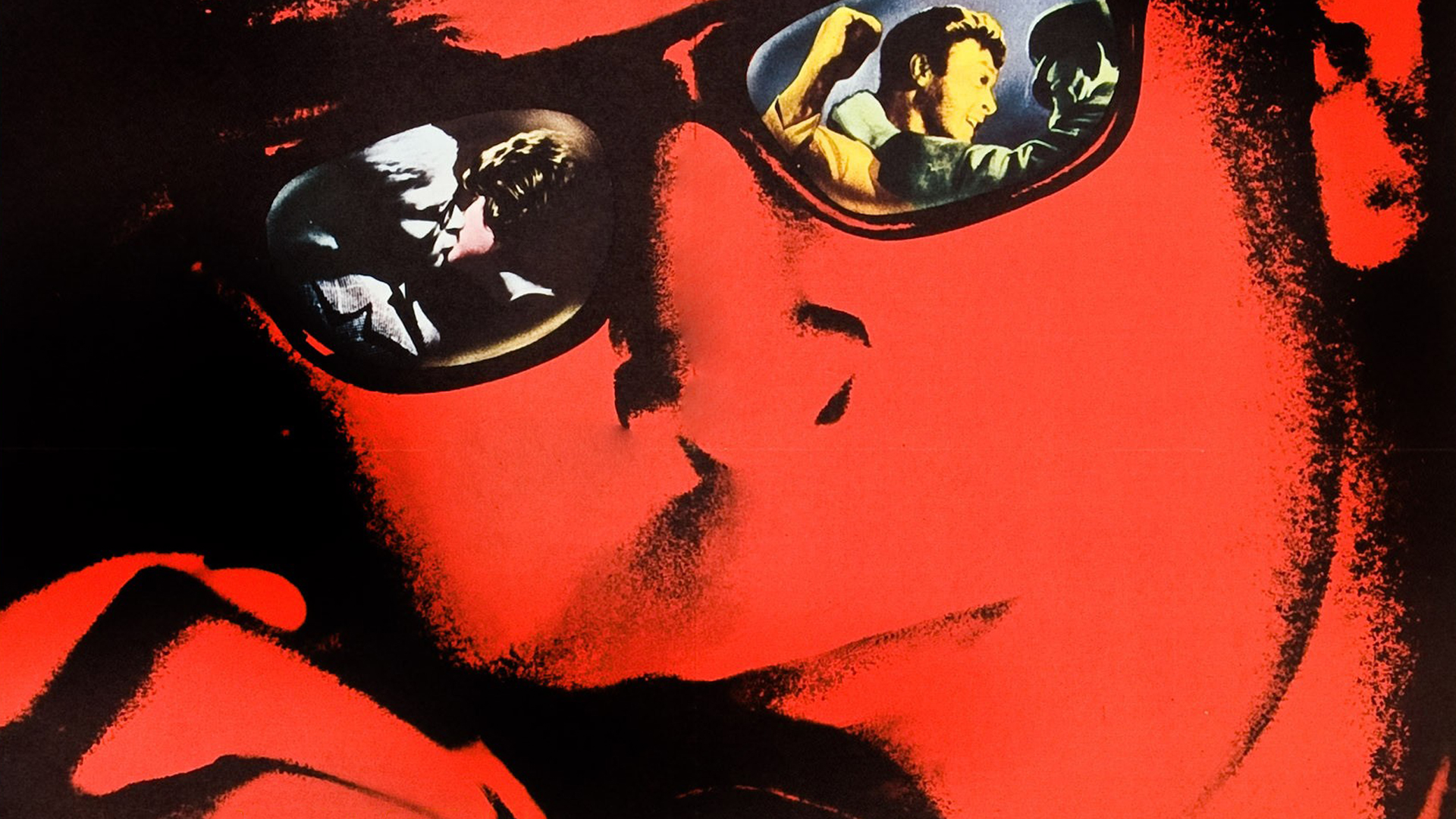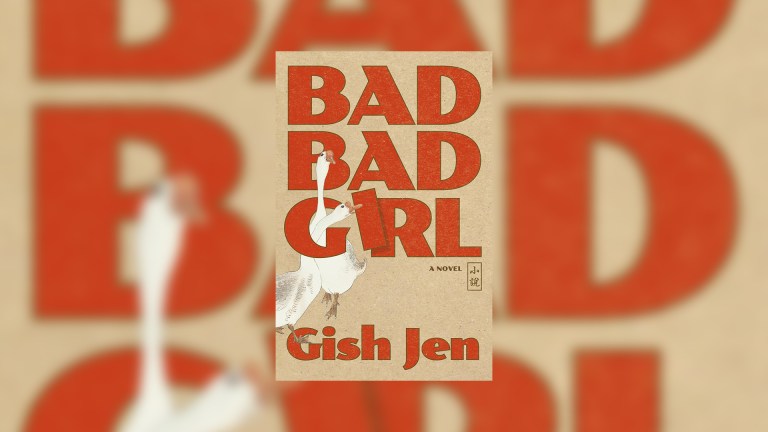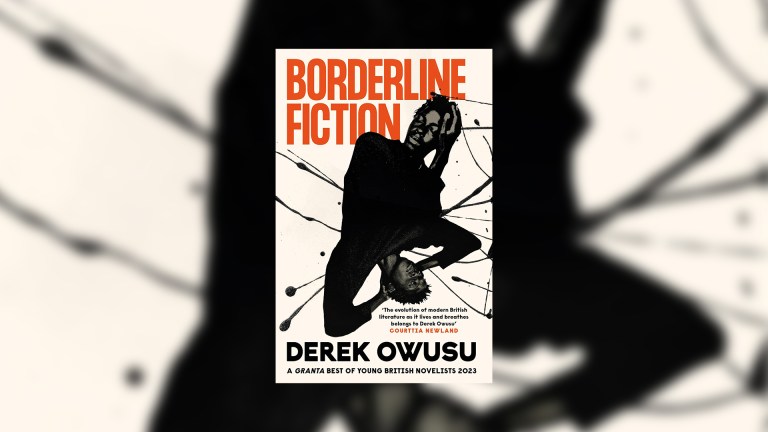At the age of 47, after putting it off for nearly two years, I finally bit the not inconsiderable financial bullet and accepted that I needed varifocals. If the pain of purchasing these particular spectacles was borne mainly in the wallet, my ego was correspondingly bruised. Time has been reasonably kind to me. I still have a full head of mostly brown hair and all my own teeth. But here were my eyes showing their age, as the optician tactfully explained. As windows to my soul, they’d always been somewhat faulty, myopic with a slight astigmatism, and needing double glazing since I was around ten. Now, however, they were letting me down, not so much by being weak, but by shattering a much cherished illusion that I was still a young-ish man.
In the famous “Seven Ages of Man” speech in William Shakespeare’s As You Like It, glasses are synonymous with becoming an old codger, as Jacques describes the sixth age as shifting: “Into the lean and slippered pantaloon. With spectacles on nose and pouch on side.” I was only ten when I got my first pair, the classic bog-standard, square-framed NHS numbers in sturdy brown plastic.
Now, though, the optician, worried by something he’d seen in the back of my middle-aged eyes, also referred me to Moorfields Eye Hospital for tests for glaucoma. The terrifying spectre of a future when I might actually be beyond the help of glasses suddenly made me realise how vital these things on my face have been. And yet I’d completely taken them for granted, scarcely giving a thought to an invention arguably as transformative as the wheel or tinned food.
For the next couple of years (and until lockdown curtailed such outings) I pored over books, journals and catalogues in The College of Optometrists’ library in London. I visited the Algha Works, a spectacle-making factory in Hackney Wick that has been churning out glasses since 1932, and spoke to ophthalmic opticians, members of the Worshipful Company of Spectacle Makers and the Ophthalmic Antiques International Collectors’ Club. And I probably re-watched The Ipcress File about 20 times. All to produce Through the Looking Glasses: The Spectacular Life of Spectacles, my personal and cultural history of glasses, calculated to be worn by some four billion people across the world.
Glasses are both how I look, in the sense of aiding my vision, and how I look to others, since I am rarely without them on
The book moves from early theories of how the eye worked right up to wearable tech and the augmented reality of Google-style smart glasses, taking in such delightful models as the pince-nez, tortoiseshell Windsors and Ray-Ban aviator shades, along with iconic spectacle wearers such as Harold Lloyd, Buddy Holly and Gloria Steinem, along the way.
As I was to discover, and fittingly perhaps, the origins of spectacles are decidedly hazy. Lenses of a kind might date back as far as ancient Mesopotamia; the Roman Emperor Nero is reputed to have watched gladiatorial contests with the aid of an emerald or piece of green crystal to sooth or shade his eyes. Elsewhere, the Stoic philosopher Seneca noted the magnifying effect of looking at things through a globe filled with water. But the earliest known reference to spectacles themselves doesn’t come until the Middle Ages, in the text of a sermon delivered in a Dominican monastery in Florence. This document pegs the date of their creation at around 1286 and their birthplace as Pisa – hometown later to that other great Italian optical innovator, Galileo.









